From the author of the classic Human Anatomy for Artists comes this user-friendly reference guide featuring over five hundred original drawings and over seventy photographs. Designed for painters, sculptors, and illustrators who use animal imagery in their work, Animal Anatomy for Artists offers thorough, in-depth information about the most commonly depicted animals, presented in a logical and easily understood format for artists–whether beginner or accomplished professional. The book focuses on the forms created by muscles and bones, giving artists a crucial three-dimensional understanding of the final, complex outer surface of the animal. Goldfinger not only covers the anatomy of the more common animals, such as the horse, dog, cat, cow, pig, squirrel, and rabbit, but also the anatomy of numerous wild species, including the lion, giraffe, deer, hippopotamus, rhinoceros, elephant, gorilla, sea lion, and bear. Included are drawings of skeletons and how they move at the joints, individual muscles showing their attachments on the skeleton, muscles of the entire animal, cross sections, photographs of live animals, and silhouettes of related animals comparing their shapes and proportions. He offers a new and innovative section on the basic body plan of four-legged animals, giving the reader a crucial conceptual understanding of overall animal structure to which the details of individual animals can then be applied. The chapter on birds covers the skeleton, muscles and feather patterns. The appendix presents photographs of skulls with magnificent horns and antlers and a section on major surface veins. Incredibly thorough, packed with essential information, Animal Anatomy for Artists is a definitive reference work, an essential book for everyone who depicts animals in their art.
Read more
376 reviews for Animal Anatomy for Artists: The Elements of Form
Show all
Most Helpful
Highest Rating
Lowest Rating

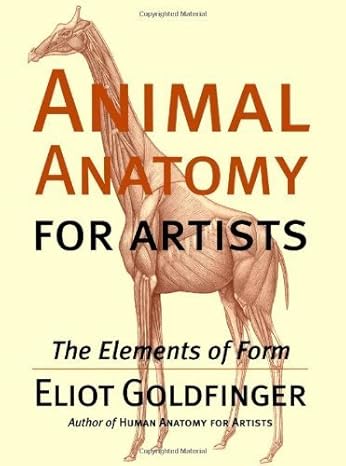

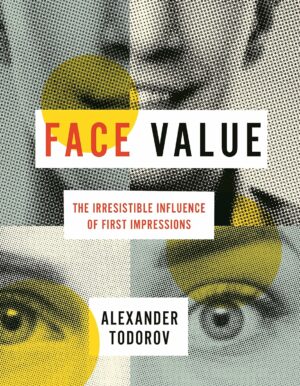
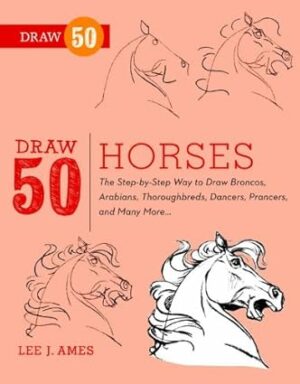
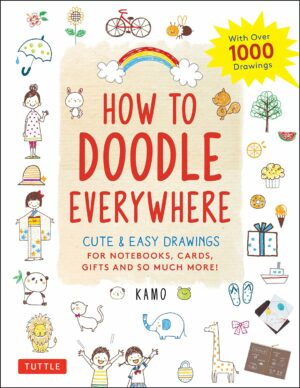
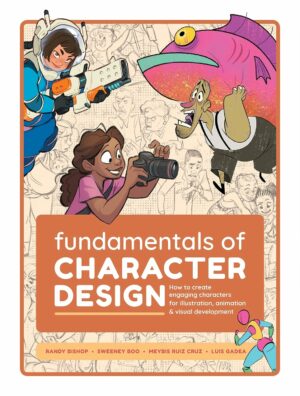
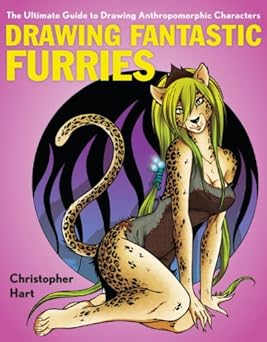

Reviewer –
ho regalato questo libro al mio ragazzo che dopo 3 anni di accademia di belle arti ha deciso di approfondire l’anatomia animale. Bene l’ha sfogliato tutto pagina per pagina davanti a me e ad ogni tavola era sempre più entusiasta. Tavole perfette, che partono dalla scomposizione in forme elementari fino a quelle più dettagliate. Ottimo, dettagliato, professionale a livello medico.
Marilynn Vough –
This book is phenomenal! I wasn’t sure what to expect, even with the reviews! But this book discusses the anatomy of all animals in general! It does go over some animals in more detail, however, it does give diagrams of the muscles of most animals, and the information will be very useful for me in sculpting animals; whatever animal it is I decide to sculpt! I have pretty much just browsed through it and haven’t read it yet, but I am very please with it!
Pippa –
Bien que ne comprenant pas tout de l’anglais (lv2) je comprend l’essentiel. c’est beaucoup imager avec des animaux en squelette, squelette simplifier, tout en muscles, … c’est complet à mon sens
Beatrice Gröger –
Amazing composition with all detailed study
Monica Couvrette –
The book itself is beautiful and brilliant and everything it’s supposed to be.
However, I paid full price for a new copy only to have it arrive with a number of blemishes. If it weren’t a very large and very expensive book this would upset me less. All of the damage is to the dust jacket and it’s enough that it should have been sold used. I’m trying to figure out how to send the seller a message to see if they can help address this with a discount or something. It’s too close to Christmas to be able to exchange it. Le sigh
John Bellucci –
Animal Anatomy for Artists: The Elements of Form, was recommended by a friend and fellow Taxidermist from South Africa. I thought I had all I needed in the way of animal anatomy books, and as a veteran Taxidermist of some 45 years experience, I thought I had much in the way of mammal anatomy figured out. Well, I do, but this book is like looking at one of my favorite subjects with ‘fresh eyes’! What a superb addition to any Animal Artists library.
No matter what your medium … oils, watercolor, pencil, clay, crayon, or yes even Taxidermy … this book will be a huge benefit to anyone striving to learn more about their favorite subjects of the Animal Kingdom! There are more mammalian species covered in detail in this book than in any other. And the breakdown of individual muscles is as I have never seen before. The author Eliot Goldfinger has really delved deep beneath the skin of actual specimens to bring this treatment of the subject of animal anatomy to life!
Each new chapter is prefaced with a small amount of descriptive text regarding the subject being handled, but does not go too deeply into their natural history and habits … something not required when interest in the anatomical study is all that is required. There are a plethora of books out there that concern themselves with the Natural History of a particular animals life.
This book does what one wants … explains and illustrates mammalian anatomy as no other single volume has done before. And I applaud Mr. Goldfinger for his efforts! This book is a very welcome addition to my library, and I am certain it will be welcomed into yours.
Federica Marroni –
This is probably the only book you need if you are someone who enjoys drawing animals and does creature design. The book is beginner-friendly and easy to follow, making it appropriate for both the hobbyist and the experienced. The language is written in a way that is easy to understand. All diagrams are labelled clearly with appropriate omissions made to anatomical parts that are not necessary for the artist to learn.
I love the layout of the book: it has been designed/organised in a way that makes it easy to navigate. You can really tell that the author went the extra mile to compile and preserve the most accurate representation of each unique animal. Every page has a clearly labelled diagram, often supplemented with a concise description of which bone or muscle is being presented, and what their functions are — this is what makes the reading experience enjoyable [to the art student] rather than strenuous.
This book primarily focusses on 4-legged mammals, especially the horse (and other similar hooved-animals), the hound, and the wild cat. The book does very briefly touches upon other animals (vertebrates) towards the end (bird, bat, sea lion, gorilla, etc.) but only as reference, not in excruciating detail. This book DOES NOT cover amphibians, reptiles, insects, or sea creatures so make sure you know what you are looking for.
deadchristmastrees –
Wow! I was completely blown away when this book arrived in the mail! I purchased this book for a course I’m taking in college that is basically an intro anatomy and evolution class but uses a lot of sketching and animation to teach these things. I wasn’t too enthusiastic about the art portion of this course and was less than thrilled about having to buy a $40 book on drawing animals….or so I thought.
When this book arrived I was pleasantly surprised! It was EXTREMELY detailed and every muscle was painstakingly labelled. This book isn’t a ‘how to draw…’ book, although it does have a lot of that. The beginning has a lot of info about body plans and proportions. While these first chapters have a lot of tips and help for artist, its basically assumed that the reader can already draw or has a general understanding of how to shape an animal. You wont find any basic steps on drawing or sketching. Goldfinger is really clear in his explanations and gets you to look at the structure of a body in a very simple, easy to understand way.
The majority of the book is of diagrams of the muscle and bone structure of different species. I’m not just talking cats, dogs, and horses either! This book has full, completely labelled and correctly proportioned diagrams of everything from lions and seals to hippos and lizards. Every single one has all or a majority of its muscles labeled. The more common animals are even more detailed in there being various views and closeups of certain areas.
I have almost no qualms about this book but I will point out a few things. First, if your more interested in skeletal anatomy this may not be the best book. Most of the concentration is on muscles since, i guess, that’s more significant to an artist looking to draw these creatures. There are skeletal diagrams of the more common animals so its not completely lacking in that sense. The other issue I had was in the way muscles were labeled although I don’t know of any other way the author could have done it. Basically every muscle was labeled with an abbreviation and then at the bottom of the page is a key in which the abbreviations and their meanings are listed alphabetically. This made learning the muscles kind of tedious and confusing but honestly, with ALL those muscles to label, I don’t see any other way of doing it.
Originally, I planned on keeping this book in perfect shape so I could resell it at the end of the semester but Im most definitely keeping it! There are endless ways that this book could help me in the future. I recommend it for ANYONE wanting to learn more about animal anatomy. Not just artists. I’ve had other anatomy textbooks that aren’t even this thorough.
THE BEST BOOK PURCHASE I’VE MADE ALL YEAR!!!
Rayleigh003 –
This book is really worth the money. I bought it after I struggled with finding helpful references for a personal project. I SO wish I had found it sooner! I now use it often as it covers so many different species that you WILL find the animal you need or at least something similar/relatable. It breaks down the basic anatomy in an easy understandable way. Once you get the basics, you’ll be able to apply them to fantasy creatures as well 🙂
The book features multiple views of the animals bones and muscles, photographs,further breakdowns of some sections to deepen the understanding and lots of silhouettes to make the different proportions clearer (something that’s often overlooked).
I will use this book often from now on and I’m glad I bought it. Would definitely recommend it 🙂
Monica Couvrette –
I started using this book for my animal drawing students I teach at a university in southern California I’ve been at for more than 10 years. I used it to replace “Animal Anatomy for Artists” book by Ellenberger, Dittrich, and Baum (Dover Publications). The reason is that THIS book has more variety of animals with up-to-date terminologies which is more user friendly for the artists, a larger variety of animal bone and muscle references and illustrations (Including rhino, hippo, giraffe, elephants, etc.) which the other book has only a few.
This book also shows a breakdown muscle by muscle attachment points and also some photographs of the animals being examined.
The only weak spot is that in some of the diagram illustrations of biomechanic range of motion on some of the animals (particularly the horse) the range of motion is extremely exaggerated and unrealistic. Having been a horse trainer for years and knowing these animals exremely well, there are some ROM drawings that are not accurate at all. Other than that, if you don’t look at those particular bone illustrations for that reference, the book is pretty good.
I am using this book both for slides, homework, and in class studies.